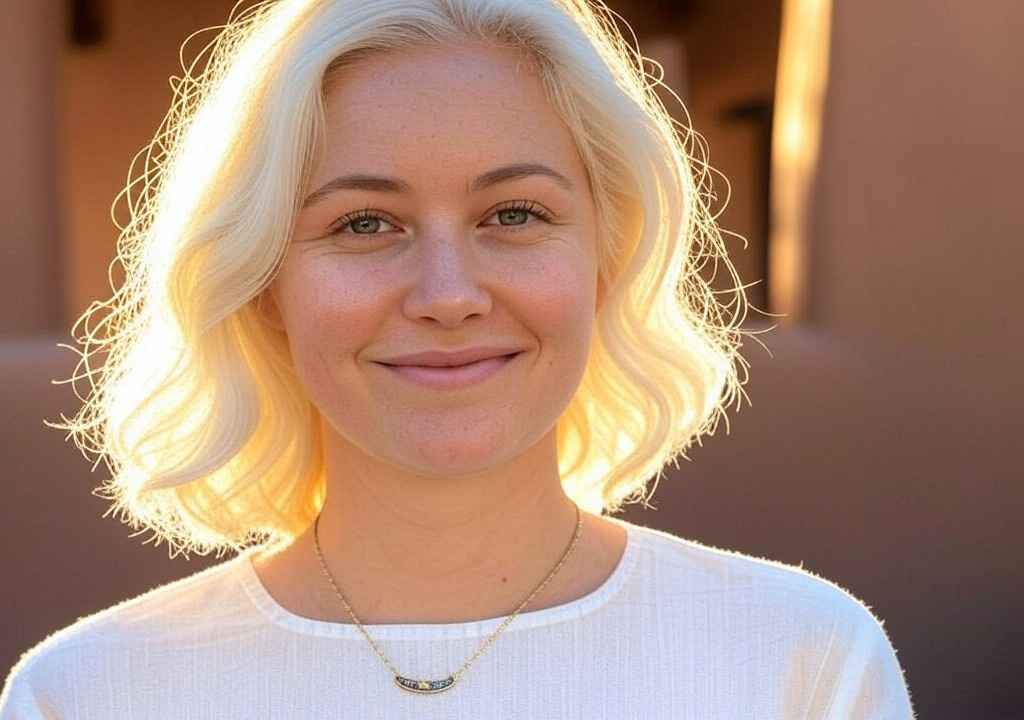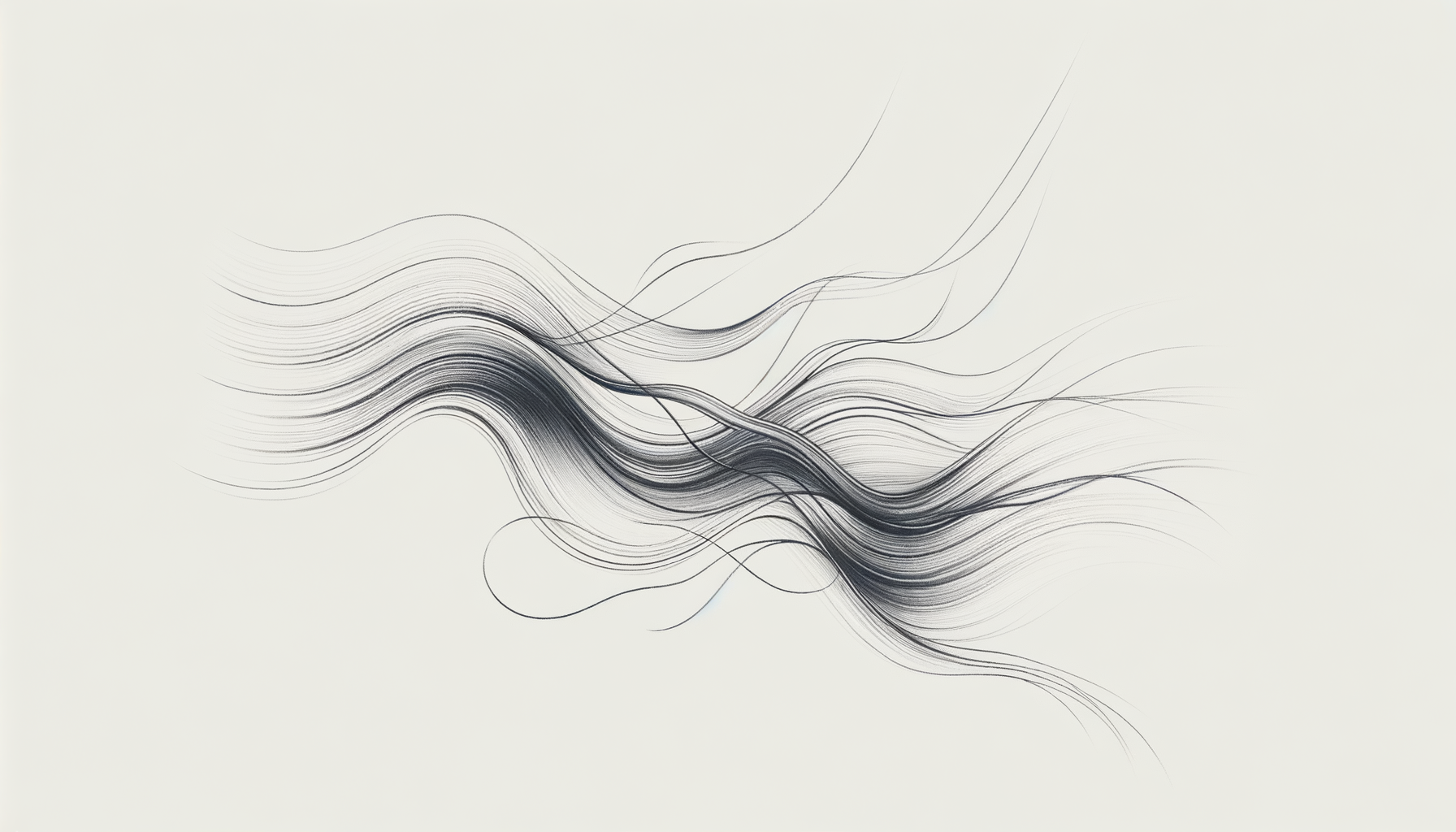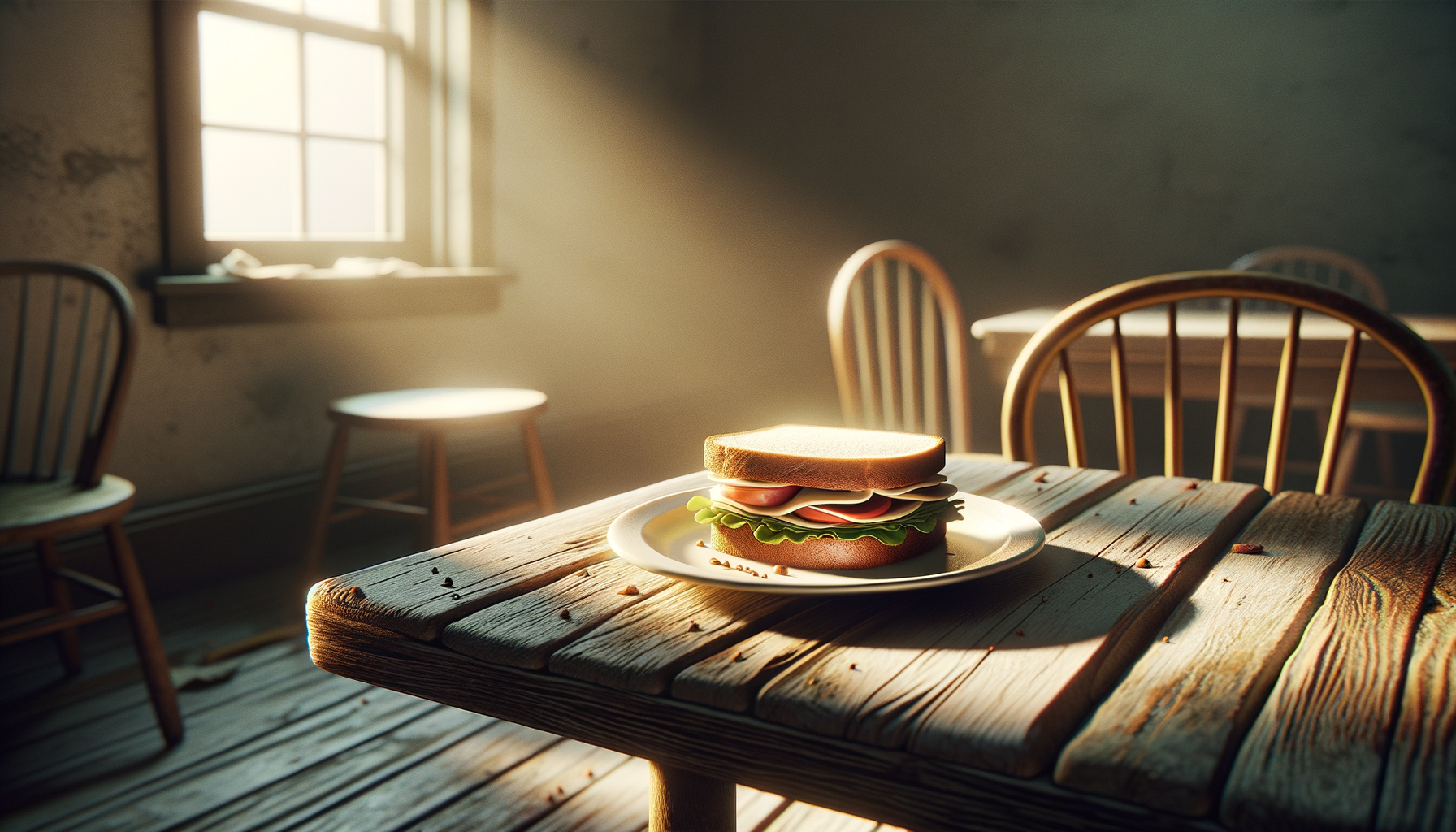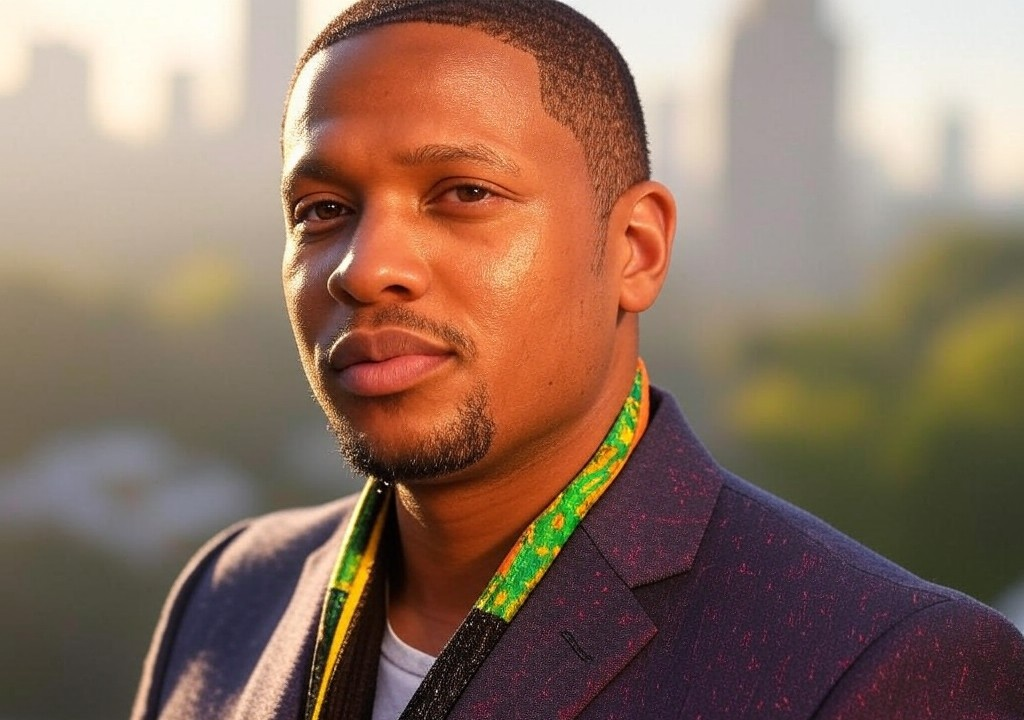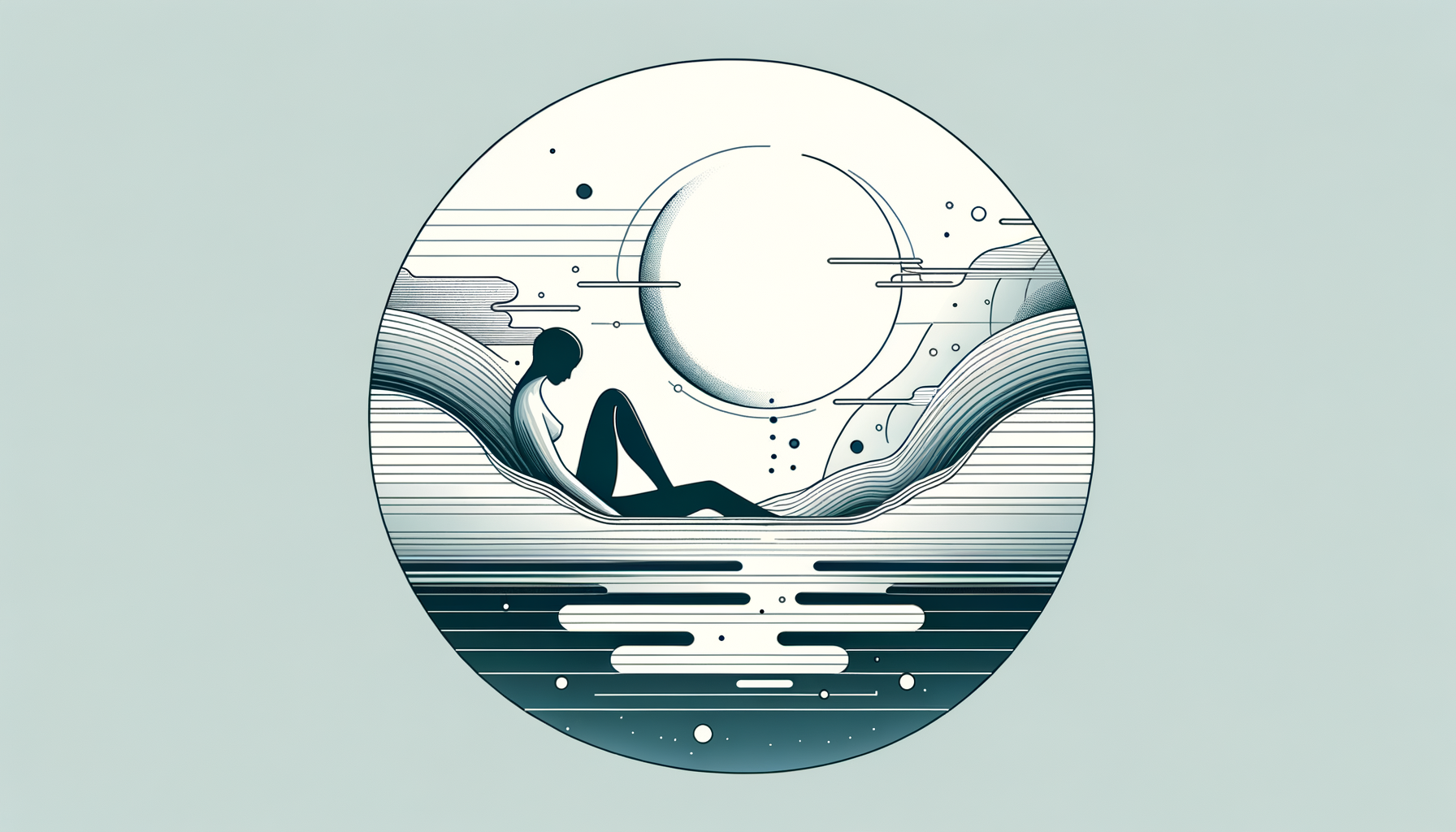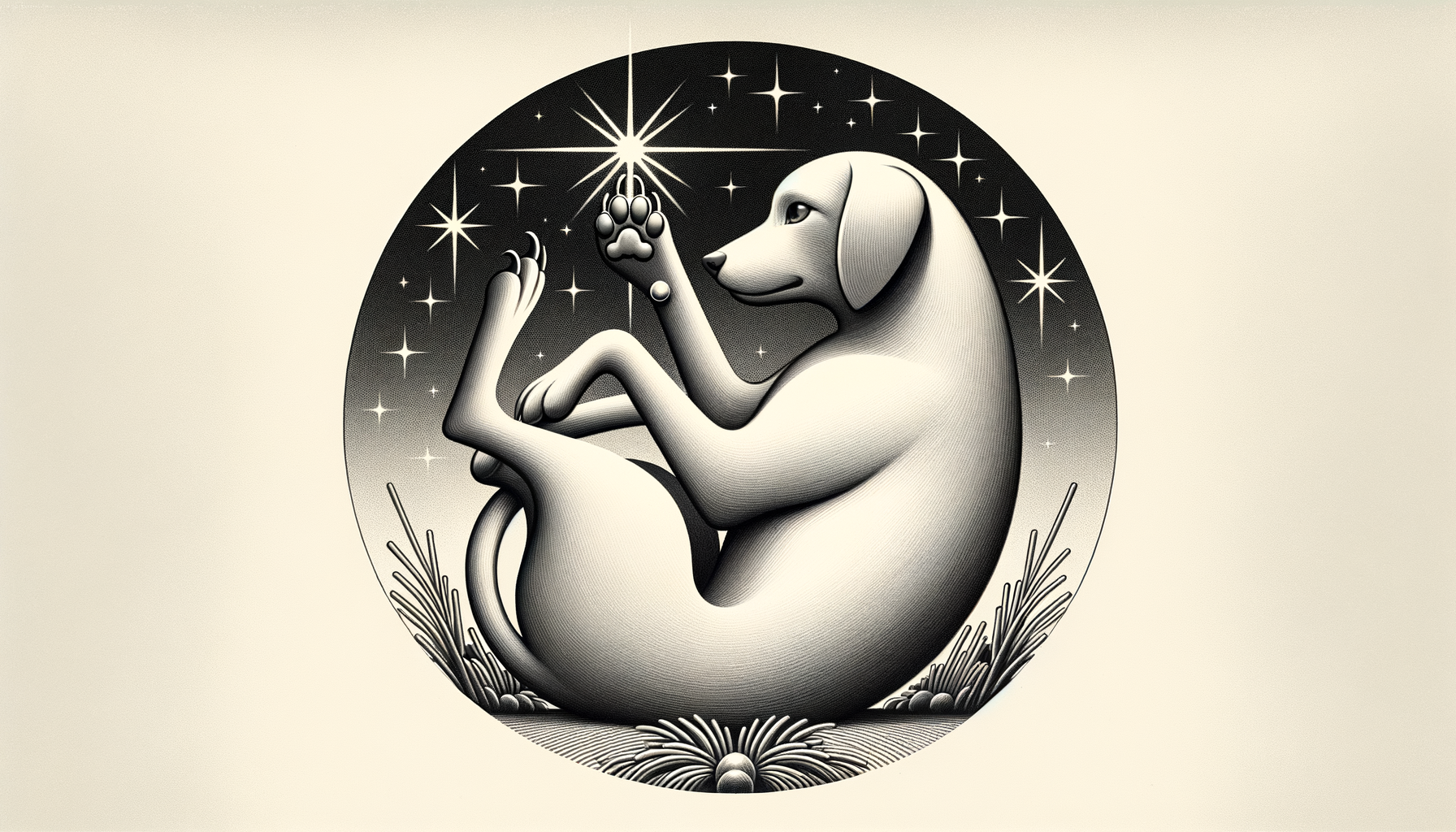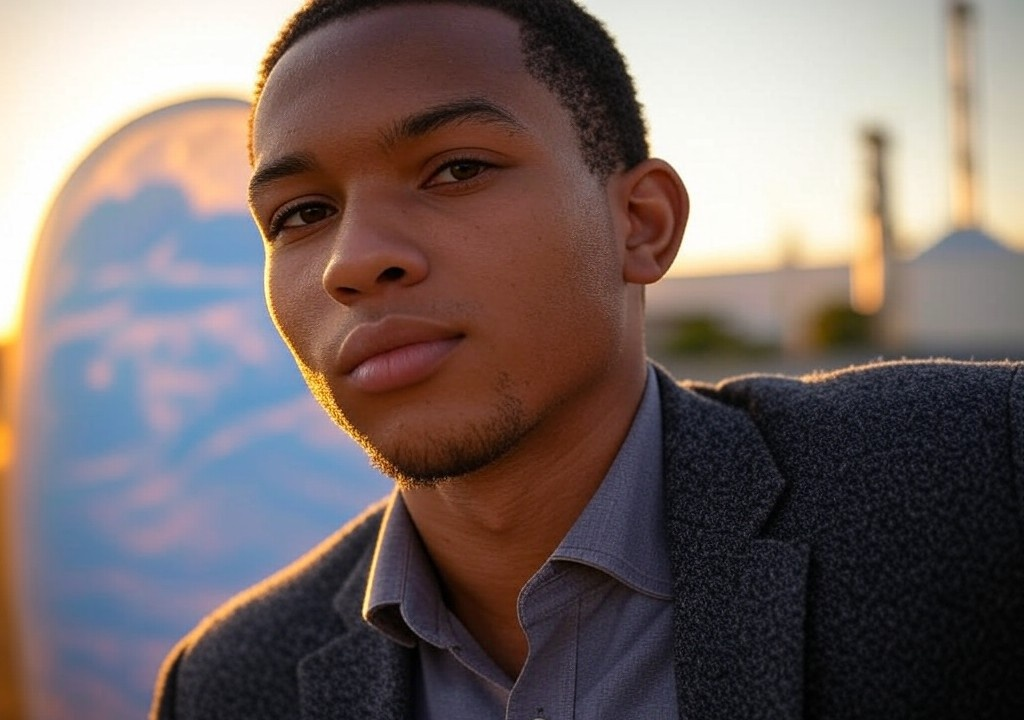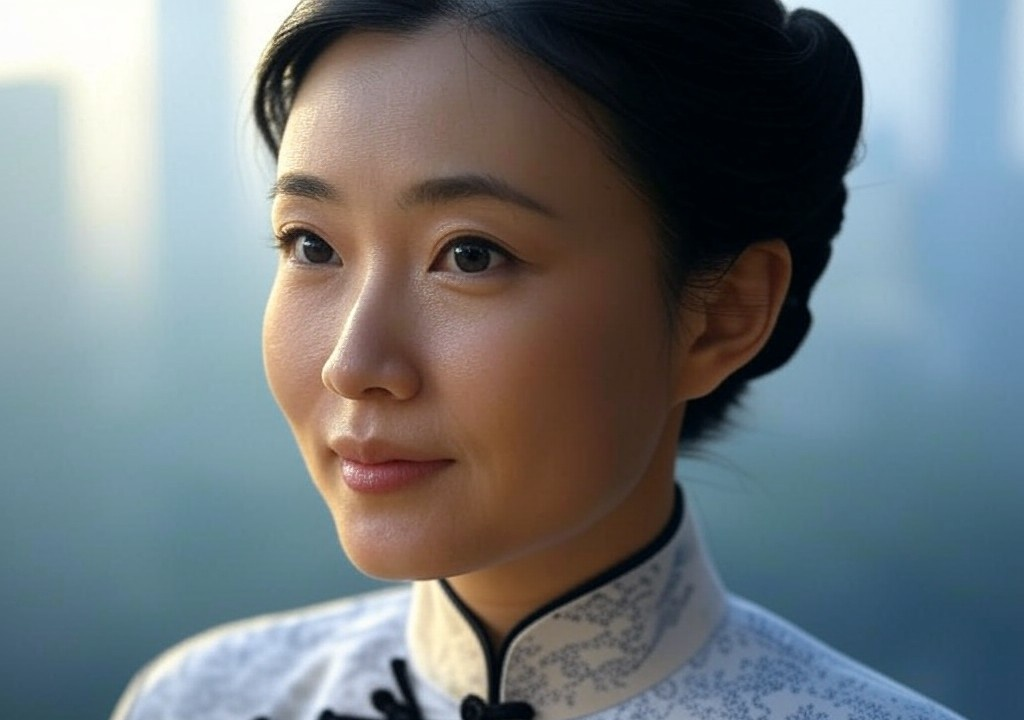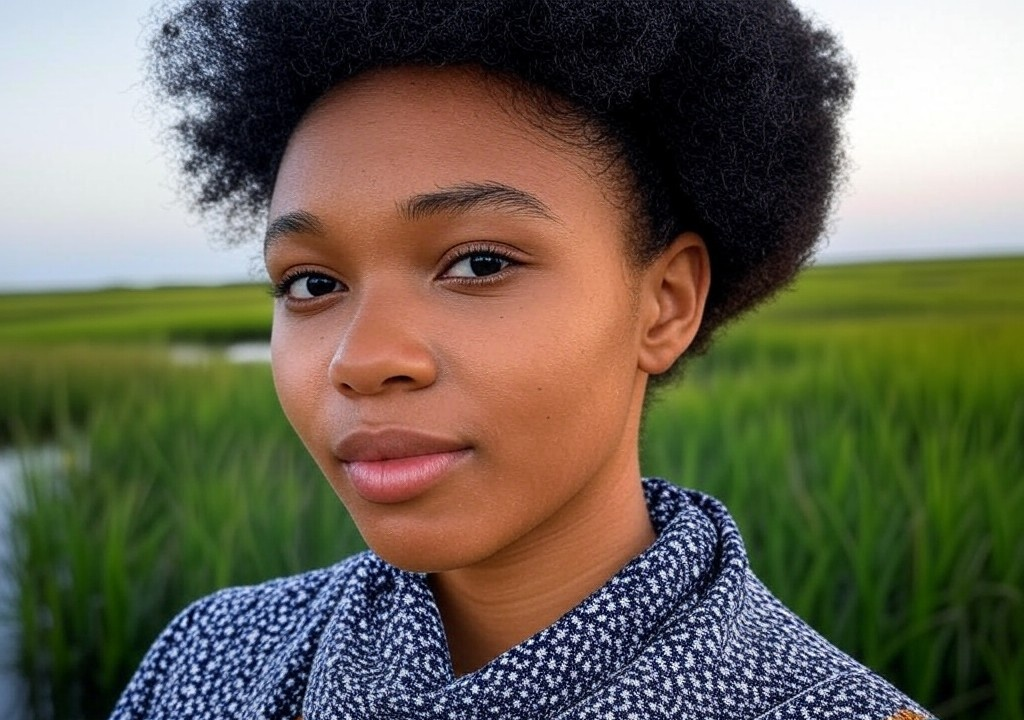The Ring That Changed Everything
It was late spring in Santa Fe, the kind of day when the desert feels alive in the most unexpected of ways. The air was clear, the sun flitted playfully through the cottonwoods, and my biggest concern that morning had been whether I’d watered the succulents outside my studio. But all of that evaporated when I got the call. You know the kind—the kind that changes your life or, at the very least, rattles its axis.
I answered the phone with one hand, balancing a mug of green chile hot chocolate in the other. “Hey, this is Lila,” I said, not thinking much of it. After all, phone calls these days tend to be spam or a disastrous attempt at telemarketers pronouncing “Reeves.”
Turns out, it wasn’t spam. It was her.
One Call, One Wild Shift
The “her” in question was a gallery curator I deeply admired—think of her as the Meryl Streep of the arts world, intimidating yet weirdly magnetic. She told me she’d read one of my short stories in a local journal and thought my voice was evocative, the kind of blend of raw and crafted that sticks with you. “Have you ever thought about lending that same voice to helping people craft meaningful relationships?” she asked.
I laughed nervously, like when someone asks if you can salsa dance and you’re unsure if “salsa” refers to chips and dip. I’d spent much of my creative career painting pictures with words about artists and dusty adobe courtyards, not navigating matters of the heart. But as Meryl-on-the-phone spoke, arranging her ideas with the same precision I reserve for hanging art just slightly off-center for effect, her vision clicked for me.
Relationships, after all, are their own creative medium. Who knows this better than the person who’s spent countless hours writing about deeply human themes? Love is just another messy splash of paint on a blank canvas—and here she was asking me to find meaning in all that chaos.
Spoiler alert: That call kick-started my now-questionably-reckless decision to say “yes” to everything even slightly intriguing, and it made me rethink not just my career path but also the way I approached relationships altogether.
The Art of Saying “Yes”
Here’s what I’ll say about monumental, life-altering phone calls: they don’t just change the external. They change you. Before that conversation, my internal monologue about relationships was more angsty indie film than empowering rom-com. Sure, I could curate a gallery wall with absolute confidence—but curating trust or tackling vulnerability? Let’s just say I’d sooner dive into a Southwestern monsoon. I played it safe. Neatly framed. Almost too careful.
But after hanging up, I kept hearing Meryl-voice in my head: “Have you thought about using your voice…?” So I started asking myself tougher questions:
- What else in life have I been dancing around just to avoid the possibility of rejection?
- When was the last time I let myself show up fully, both professionally and relationally?
- Why was I treating relationships—platonic, romantic, professional, all of them—like something to be hesitated around instead of a series of brushstrokes meant to stretch me?
Psychologically speaking, there’s a term for this newfound energy: Growth Mindset. Artistically speaking, I called it “throwing everything at the wall and seeing what sticks.” Slowly, the art of saying “yes” trickled into my personal life too. Like the morning I said yes to sharing a vulnerable personal story during an improvised toast at a friend’s wedding.
Or the moment I decided to send up a “Hey stranger…” text to an ex I’d avoided for years, not to rekindle but to clear the air. (Spoiler: It was awkward but cathartic, like flipping through your high school yearbook only to realize your bangs were a crime against the universe.)
Saying yes, even imperfectly, was becoming my new favorite art form.
Messy Brushes and Flawed Connections
A few months later, I stood in the family gallery reviewing applications for an upcoming summer showcase. Artists had sent in everything from Adobe-inspired sculptures to jewelry that glittered like the sun slicing over a mesa. One application—a stained-glass piece with a disarmingly bright aurora of blues—stood out for its effort, but it had flaws. Uneven edges. A smidge of cracked glass the artist hadn’t hidden with any pretense of perfection.
Somewhere in the creative mess of it, I saw myself. The same me who had taken a breath after that phone call months ago and made a bold choice to grow, flaws and all. The imperfections didn’t detract from the piece; they gave it soul. It was, dare I say, worthy of love precisely because of how real it was. This is also when my gallery-choice confidence bled effortlessly into my understanding of relationships: If we wait for something to feel pristine and perfect, we’ll miss out on the accidental brilliance along the way.
Calls We Need (and the Ones We Miss)
What no one tells you about a pivotal call is how often you replay snippets of it in your head and think about the road not taken. What if I’d gone on autopilot with a polite “Thanks so much, but no”?
We all have those soft whispers of opportunity in life, whether they’re voicemails from a literal stranger or figurative nudges from a friend who believes in you more than you believe in yourself. In the months since, I’ve handled romantic “calls” (those tender, Didn’t-See-That-Coming moments) the same way I approached that life-altering one: daring to stretch into the discomfort of saying yes.
So here’s my takeaway:
- Pick up the call when the universe rings you up.
- Say yes to the weird, wild opportunities—even if they make your palms slightly damp.
- And if it comes with cracked edges or unexpected coloring, take it anyway. Flawed art, flawed human connections—they’re often where the real beauty hides.
Closing Up the Gallery
I still don’t know what led that voice on the other end of the line to me that day. Was it fate? Random chance? Someone who Googled “writer plus desert vibes” and hoped for the best? What I do know is that call asked me to rewrite the narrative I had for myself. It forced me to see relationships as relationships—not pristine finished products, but layered, messy, infinitely improvable works in progress.
We’re not masterpieces waiting to be framed. We’re brushstrokes in motion, constantly shifting and growing. And maybe, just maybe, the calls you pick up—when you’re scariest to answer—are the ones that color your canvas the most.
So if your version of “Meryl Streep as fate” calls, and all you’ve got in your hand is a mug of hot chocolate and your own self-doubt? Answer it anyway. Hot chocolate can wait. Life’s messy calls can’t.

